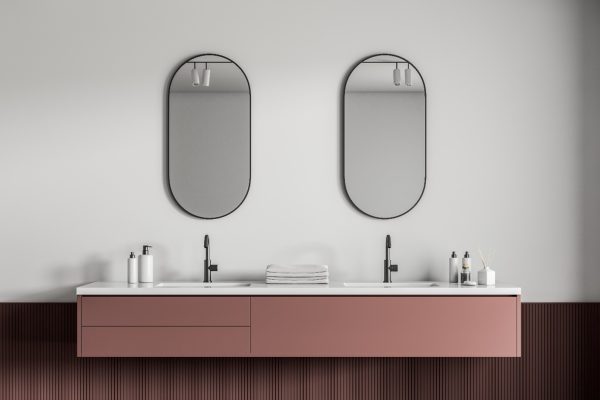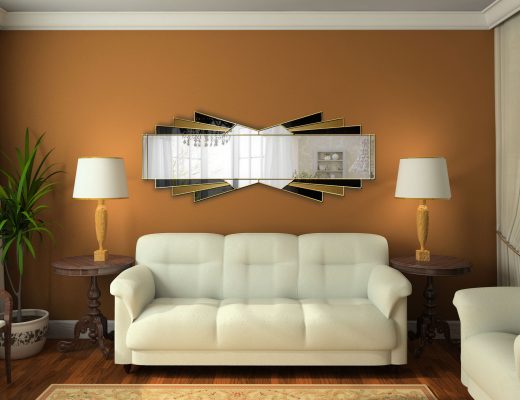Mirror Mania News
Are Expensive Mirrors Worth it?
Mirrors have been around for a very long time, evolving from polished obsidian to the clear glass mirrors we are familiar with today. Mirrors have changed over time in terms of both quality and appearance thanks to advancements in technology.
While the process of making the perfect mirror may be more streamlined today, making a high-quality mirror is still a labour of love that is well worth the cost. But how is a mirror’s quality determined? Glass thickness, glass type, silvering, size, and technology are just a few of the variables that might affect a mirror’s quality and investment value.

Features of a high quality mirror
The quality of a mirror can be judged by a variety of characteristics. But the following are significant characteristics that could impact the calibre, durability, and investment worth of a mirror.
Glass Type
Did you know that there are several sorts of glass? The quality of the glass varies according on the type, and this affects how precise and clear the reflected image is. Second surface mirrors, which are frequently comprised of less expensive materials with an aluminium backing, provide less-than-accurate images. First surface mirrors, on the other hand, offer enduring quality and a clean reflection.
Added Technology
Since mirrors were created, especially considering developing technology, we have come a long way. Over time, mirrors have been enhanced with a variety of capabilities, including touchscreens, anti-fog technology, magnifying features, and natural lighting fixtures, which of course must come with an additional price.

Here to help
A higher-quality mirror is a fantastic choice and well worth the money if you anticipate using a mirror frequently, such as at a vanity or in the bathroom, and want a genuinely distinctive piece of decor to endure for a lifetime (if not longer). Contact us right now for additional details on our bespoke, high-quality mirrors for both residential and commercial settings.


